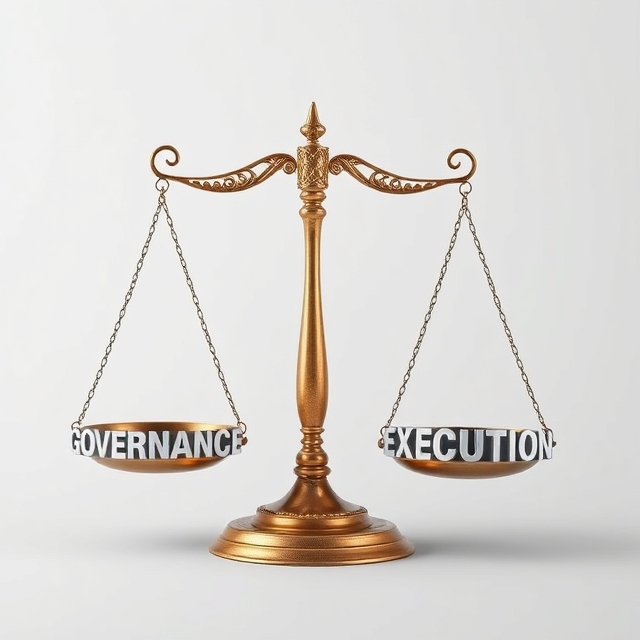
Governance. With respect to mine tailings management, there has been a lot of activity regarding governance. What is governance? According to Wikipedia, “Governance is the overall complex system or framework of processes, functions, structures, rules, laws and norms born out of the relationships, interactions, power dynamics and communication within an organized group of individuals. It sets the boundaries of acceptable conduct and practices of different actors of the group and controls their decision-making processes through the creation and enforcement of rules and guidelines. Furthermore, it also manages, allocates and mobilizes relevant resources and capacities of different members and sets the overall direction of the group in order to effectively address its specific collective needs, problems and challenges”. That’s a mouth full. In a nutshell, it’s the rulebook by which one agrees to perform. Take that, Wikipedia!
Execution. According to Fandom (whatever that is), “the word ‘execution’ refers to the act of carrying out or putting into effect a plan, order, or course of action. It often highlights the concepts of implementation, performance, and completion, as well as finality. It embodies the notions of being decisive and effectual, playing a significant role in various aspects of language, perception, and descriptive language”. Again, a lot of words. In a different nutshell it’s how you accomplish your task, and in our case, accomplishing your goals while adhering to the rulebook. The governance.
There are many parts and pieces of both the governance and the execution of designing, constructing, operating and reclaiming a tailings facility.
According to our GISTM, “Corporate Governance refers to the organizational structures and processes that a company puts in place to ensure effective management, oversight and accountability”. GISTM defines Tailings Governance Framework as “a framework that focusses on the key elements of management and governance necessary to maintain the integrity of TSFs and minimize the risk of catastrophic failures. Their six key elements of this TSF governance framework are:
- Accountability, Responsibility and Competency;
- Planning and Resourcing;
- Risk Management;
- Change Management;
- Emergency Preparedness and Response, and
- Review and Assurance”.
And of course there are numerous aspects within each of those bullet points. The word “governance” is peppered throughout the GISTM.
Topic III of GISTM is “Design, Construction, Operation and Monitoring of the Tailings Facility” sounds like execution, but it is primarily related to governance.
Where do we get instructions for execution? Well, federal, state and local regulations, of course, and then there are various standards, handbooks and guidance documents. TSM, MAC, CDA, ANCOLD, ASDSO, ICOLD and a lot of other alphabets have lots of helpful information. Even Steve Vick’s now nearly ancient text on tailings has useful information, especially with respect to slope stability analyses (don’t throw out the baby with the bath water). The SME’s Handbook on Tailings Management: a Life-cycle Approach is probably the gold standard and their Tailings Case Studies: Real-World Lessons in Tailings Management is a great way to learn lessons already learned by others. There is of course tradition and local practice. Don’t put all your faith in those. They may be wrong or outdated.
Summing this up, don’t forget that execution is equally important to governance. You execute a project in accordance with the governance you’ve established. And to be clear, the governance that has been set up should be the low bar that can and should sometimes be exceeded.


Comment (1)
D corlis
February 24, 2025 at 6:01 pmVery well written.. by the Master of tailings!
Comments are closed.